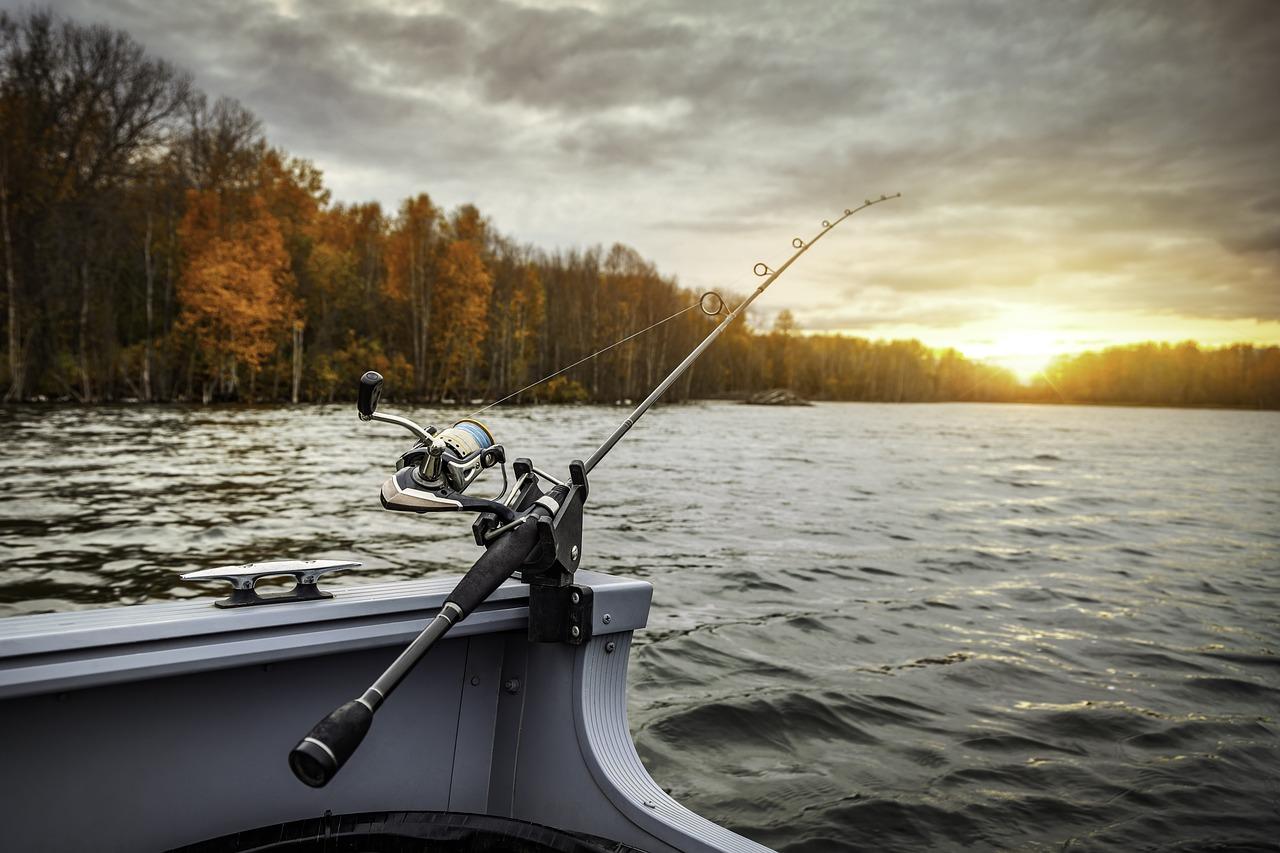Fishing is more than just a pastime—it’s a balance of patience, skill, and the right equipment. Whether you are a weekend hobbyist casting at a local lake or a seasoned angler heading for bigger waters, having the proper tools makes all the difference. The world of fishing products has evolved over the years, offering anglers a wide range of options to fit their style, environment, and level of experience.
In this guide, we’ll cover the essential categories of fishing gear, tips for selecting the right tools, and practical advice to help you maximize your success out on the water.
The Essentials of Fishing Gear
When you step into a store or browse online for fishing gear, it’s easy to feel overwhelmed. There are countless fishing products available, but breaking them down into categories simplifies the decision-making process.
1. Rods and Reels
-
Fishing Rods: The backbone of your kit. They come in different lengths, materials, and actions (flexibility). Lighter rods suit smaller fish, while heavier rods are built for large species.
-
Fishing Reels: Spinning reels are beginner-friendly and versatile, while baitcasting reels provide precision and power for experienced anglers.
2. Fishing Line
Choosing the right line is critical. Monofilament is flexible and affordable, braided line is strong and thin, and fluorocarbon is nearly invisible in water. Each type serves different conditions and preferences.
3. Hooks and Tackle
Hooks come in various sizes and shapes to match different bait and fish species. Alongside hooks, tackle boxes include swivels, sinkers, bobbers, and snaps—each playing a role in presenting bait effectively.
4. Baits and Lures
-
Live Bait: Worms, minnows, or crickets are natural attractants.
-
Artificial Lures: Jigs, crankbaits, spinners, and soft plastics mimic prey and trigger strikes. Choosing the right lure often depends on water clarity, weather, and the type of fish you’re targeting.
5. Nets and Accessories
Landing nets help secure fish without injury. Accessories like pliers, cutters, and tackle bags are small investments that make your trip more efficient.
Choosing the Right Fishing Products
Selecting gear isn’t just about grabbing what looks good—it’s about matching equipment to your goals.
Consider the Fish Species
Different species require different setups. Trout fishing demands lighter rods and smaller lures, while bass fishing benefits from medium-heavy rods and versatile reels. Saltwater fishing requires corrosion-resistant gear built to withstand harsher environments.
Match Gear to Environment
-
Freshwater Fishing: Lakes, ponds, and rivers often call for lighter gear.
-
Saltwater Fishing: Ocean conditions demand stronger rods, braided lines, and reels designed to resist salt corrosion.
Skill Level
Beginners are better off with reliable, easy-to-use options such as spinning combos and pre-packaged tackle kits. Experienced anglers may prefer customizing their setups with specialized reels, rod actions, and lure collections.
Budget and Quality
It’s tempting to go for the cheapest option, but durability matters. Investing in mid-range fishing products often gives the best balance of performance and longevity.
Must-Have Fishing Accessories
Beyond rods and reels, certain items elevate your fishing trips from stressful to successful:
-
Tackle Box: Keeps your hooks, lures, and lines organized.
-
Fishing Vest: Lightweight storage for essentials while wading or shore fishing.
-
Polarized Sunglasses: Reduce glare, allowing you to see fish beneath the surface.
-
Cooler or Livewell: Keeps your catch fresh until you return home.
-
First Aid Kit: Cuts, hooks, and sun exposure are common—be prepared.
Tips for Maximizing Your Fishing Experience
Having the right gear is step one, but how you use it matters just as much.
-
Research Before You Go
Understand the species in your area, their feeding habits, and the best times of day to target them. -
Practice Casting
Accurate casting improves your chances of landing fish, especially in tight spots like near docks or under trees. -
Maintain Your Gear
Rinse reels and rods after each trip, especially saltwater outings. Replace lines regularly to prevent snapping. -
Stay Organized
Use labeled compartments in your tackle box to quickly find what you need. -
Adapt to Conditions
Fish respond differently to weather, water temperature, and light conditions. Switching lures or techniques can make all the difference.
Why Quality Fishing Gear Matters
Fishing is not just about luck—it’s about preparation. Reliable fishing products reduce frustration, save time, and give you confidence. Imagine losing a trophy fish because of a snapped line or a cheap hook bending under pressure. Quality gear minimizes those risks and helps you focus on enjoying the experience.
Final Thoughts
Whether you’re a beginner building your first kit or an experienced angler refining your setup, investing in the right fishing products ensures better results and a more enjoyable time on the water. From rods and reels to lures and accessories, each piece of gear has a purpose, and together they create the foundation of successful fishing.



